We’ve previously discussed that being on set is an amalgamation of all three stages of production; you’re enacting the film plan while shooting the film while planning both the next shoot day and post production! So how can one possibly stay on course when the course is in a constant state of adjustment? Well, one tool that has been used since filmmaking began has been the use of dailies.
First, a little history lesson. The term dailies simply describes the raw, unedited footage from a film shoot.
Back when filmmaking was solely done on film, the film reel (typically 35mm film stock) from a day’s shoot would be sent to a lab and processed. It would then be synced with the day’s audio and a new film print would be made. This new, synced print would be the daily for that shooting day’s work and include ALL the takes and camera positions (set-ups) from that particular day. If you have a total of 18 shooting days, you will have a total of 18 dailies.
Typically, we’d shoot an average of 2 to 6 takes per set up. We did 346 setups in 18 days of shooting – so an average of 19 setups a day. Most of our days were 10-12 hours of actual shooting. – Director Joe Crump, The Storyteller
Wanna sound like a real know-it-all? Dailies is a US term. The UK uses the term rushes, because the film reel was developed as quickly as possible, aka it was a rush.
How Are Dailies Used?
Was that critical shot in focus? Does the man in a suit actually look like a dragon? And of course for Producers/Studio: are we going to make our money back?
These are the kinds of questions that used to plague production. Because again, when film was film, the Director, DP and Producer had no idea whether or not they were getting the results they wanted, aesthetic or performance, without viewing the dailies.
Either before a new shoot day began, during lunch or even after the shoot day has ended, a select group of the crew (typically the Director, DP, Producers and/or the actors) would view the dailies in a theater or screening room, so they could assess how the film’s production was progressing.
The dailies looked great – Our DP, Dan, did a wonderful job of lighting and we were seeing some really pretty pictures. We also had wonderful performances from our entire cast – but we knew that while we were still on set. - Director Joe Crump, The Storyteller
Dailies have had a lasting impression on the movie zeitgeist.
Did you know the studio wasn’t pleased with the casting of the then unknown Al Pacino for The Godfather? They actually tried repeatedly to fire him. Francis Ford Coppola, who had total faith in Pacino, eventually moved up a very important scene in order to convince them, while watching dailies. The rest is film history.
Conversely, dailies have been responsible for causing major cast shake ups. The dailies for Back To The Future helped convince Robert Zemeckis that Eric Stoltz wasn’t the right fit for the iconic role of Marty McFly.
The Actor’s Relationship with the Dailies:
I think it might be a problem for actors to watch their dailies and get nervous about their performances – and perhaps, stop listening to their director – although this never happened on this set. There were a few times on the set when we watched a playback of a shot and I’d always invite the actor to come look at what we were seeing. But this was pretty rare simply because there wasn’t much time to do it. - Director Joe Crump, The Storyteller
Echoing Joe Crump’s sentiments, many actors actually don’t want to watch dailies, because they don’t want to influence the process. They know that watching themselves might make them self-conscious in a way that they’ll start planning the performance rather than being in the performance. Other actors don’t mind – and actually want that reassurance.
So what do you do?
It really comes down to the actor and their process. As a filmmaker, it’s your job to help the actor do their best work. If that means letting them watch dailies, then let them. If it doesn’t… keep them away.
Dailies In A Digital Age:
Digital filmmaking has turned everyone into a filmmaker. Your dailies are suddenly at your fingertips. This has changed not only the purpose of dailies, but how they are delivered and used.
When dailies were film, they had to be screened in a theater. The onset of tape, and later DVDs, allowed the dailies to be given separately to key crew members. This also meant you didn’t have to sit through each and every take. You could fast forward; skim to make sure you’re getting what you wanted and move on.
Today, dailies can be uploaded to the cloud, a (secure) ftp, or a dropbox. Directors don’t even have to wait until the end of a film day. Footage can be downloaded and viewed almost in real time. So how did The Storyteller view their dailies?
Usually at night after the day of shooting while Katie Crump (our DIT) was transferring the footage to the redundant hard drives. We also watched them on Sunday’s, which was the only non-shoot day in our schedule. – Director Joe Crump, The Storyteller
The digital age has also affected the length of dailies. Back in 2012, the senior veep of Deluxe Television, Bill Romeo, told Variety that previously a typical show would deliver “something like an hour a night… now we’re looking at around four hours of material.”
Whereas dailies used to be the only way for the filmmakers to view their film pre-edit, today we have the camera playback and monitors that allow for so much more information.
I had a teradek (handheld) monitor with me all the time, so I was able to see in real time what was going to the camera. Nothing I saw in the dailies surprised me since I’d seen it all as it happened. Dan was also keeping an eye on the waveform monitors so we knew we were within the tolerances of our camera (Alexa Mini) and that we weren’t losing image in the hot spots or shadows. – Director Joe Crump, The Storyteller
This instantaneous feedback is great for an independant film that can’t afford to wait even one day to find out they didn’t get that critical shot. However, it also costs you perspective. How many times have you written something, edited something, walked away thinking one thing, only to return with a new perspective? Yes, the traditional viewing of dailies made you sift through footage, but that allowed you to find unexpected surprises! So while there have been great gains, you also have to be aware of the potential losses and missed opportunities when you choose not to view dailies.
As technology progressed, dailies have adapted and some would say struggled to find their place. But they still offer filmmakers a very important commodity: reassurance.
I think I could have done this entire film without watching the dailies at all. But with that said, it’s a source of comfort to watch what you have done and know that you are getting what you set out to get. – Director Joe Crump, The Storyteller
It All Comes Down To The Edit.
Most of the takes we circled are the ones in the movie, but sometimes we discovered the tone or mood of a scene was leaning too heavily one way or the other and we found different takes where the performance changed and we were able to tweak the feel of the entire movie because we did those extra takes with a different tone to the performance. – Director Joe Crump, The Storyteller
George Miller described his masterpiece Mad Max: Fury Road as a mosaic; each shot creating a grander image. Dailies are what the editor uses to assemble this picture. It’s the editor’s job to create the best version of your film and that won’t always mean it’s the exact image you had in your head. Sometimes it might be even better!
h/t Variety for the Bill Romeo quote.


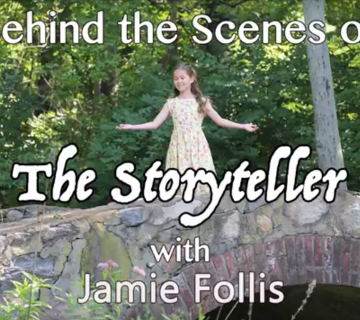
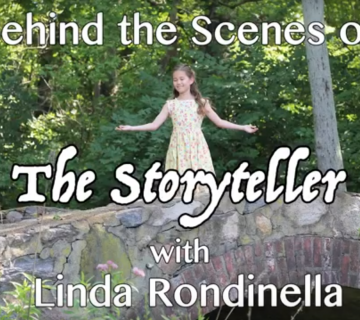

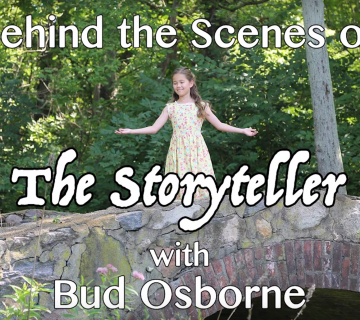
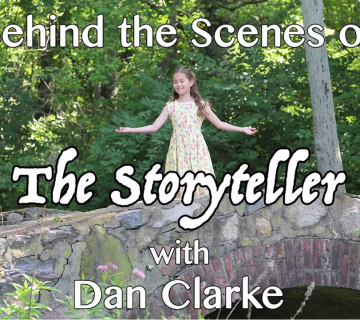
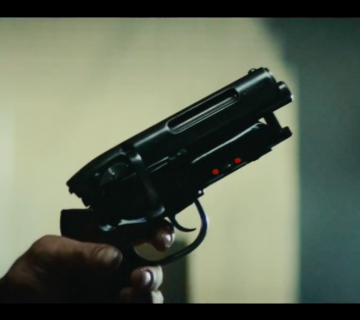
Join the Conversation →